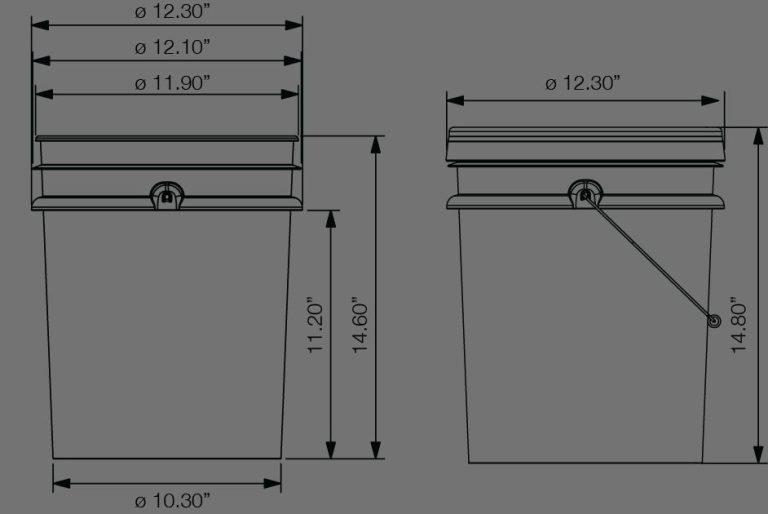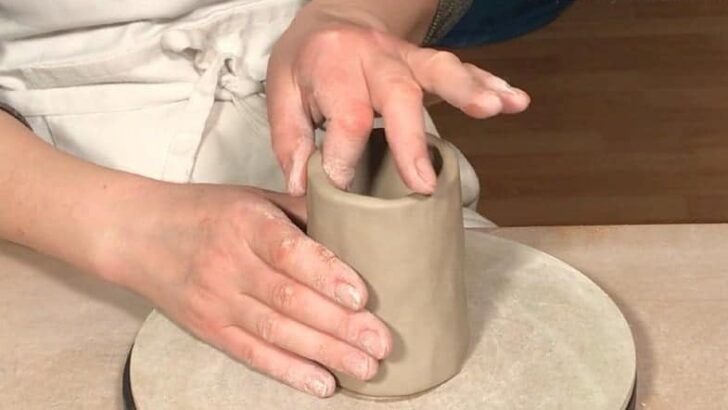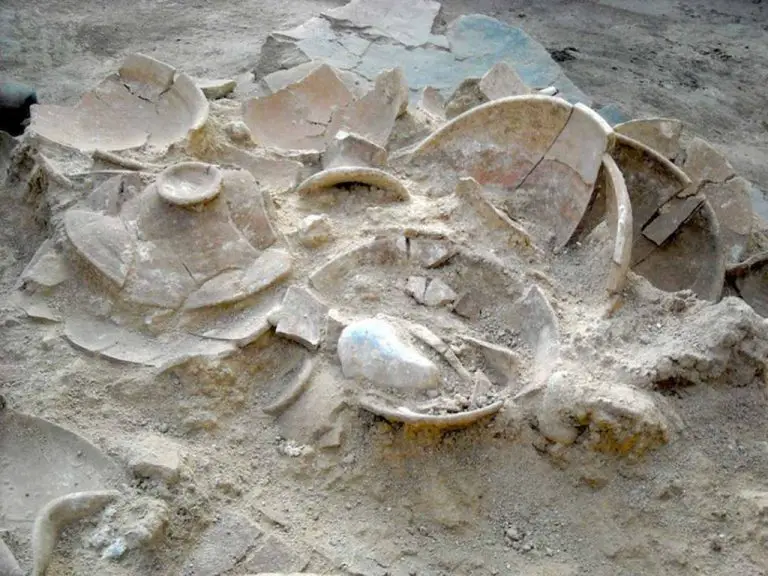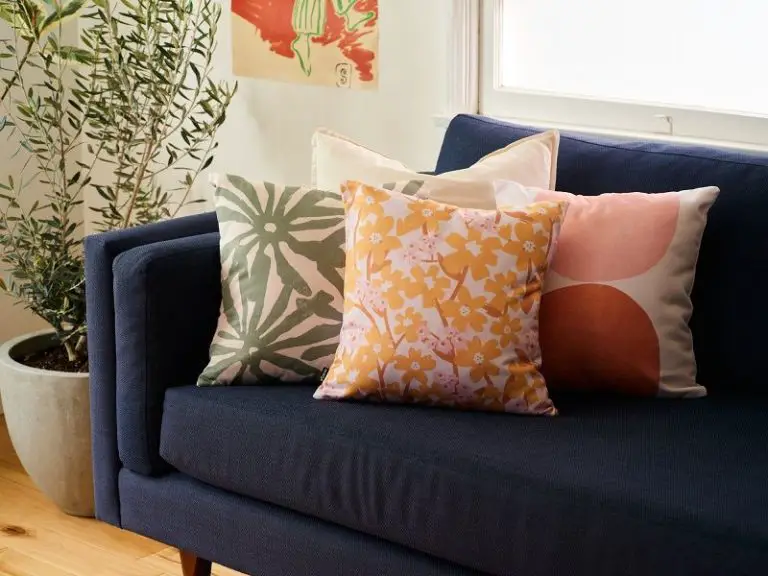How Much Is A Dry Cabinet?
What is a Dry Cabinet?
A dry cabinet is a storage solution designed to protect sensitive items from excess humidity and moisture. As defined by Wikipedia, “A dry box is an enclosure that is used to provide a dry environment within it” (https://en.wikipedia.org/wiki/Dry_box). Dry cabinets regulate humidity through the use of desiccant materials or dehumidifiers that actively absorb moisture from the air.
The main purpose of a dry cabinet is to store items that are susceptible to damage from humidity and condensation, such as electronics, cameras, lenses, film, documents, artwork, and more. By maintaining optimal humidity levels below 60%, dry cabinets prevent corrosion, mold growth, warped components, and other moisture-related degradation.
Key features of dry cabinets include airtight seals, humidity monitoring, active humidity control, and air circulation. Premium models allow users to precisely set a desired humidity percentage. Overall, dry cabinets provide safe storage and extended lifespan for valuables that require dry conditions.
Types of Dry Cabinets
There are several different types of dry cabinets designed for various purposes:
Storage Cabinets
Storage dry cabinets focus on maintaining low humidity levels to prevent damage to items during long-term storage. They typically contain desiccant packs to absorb moisture and do not include heating or cooling features. Storage cabinets help prevent rust, mold growth and other humidity-related degradation. They are commonly used for archival storage of documents, photos, electronics, tools and more.
Dehumidifying Cabinets
Dehumidifying dry cabinets use electric dehumidifiers to actively lower humidity levels inside the cabinet. They have humidity sensors and adjustable humidistats to maintain optimal conditions for storage. Many have transparent glass or plastic doors to view contents without opening the cabinet. Dehumidifying cabinets help prevent corrosion, fungi growth, warping and other moisture damage.
Heating Cabinets
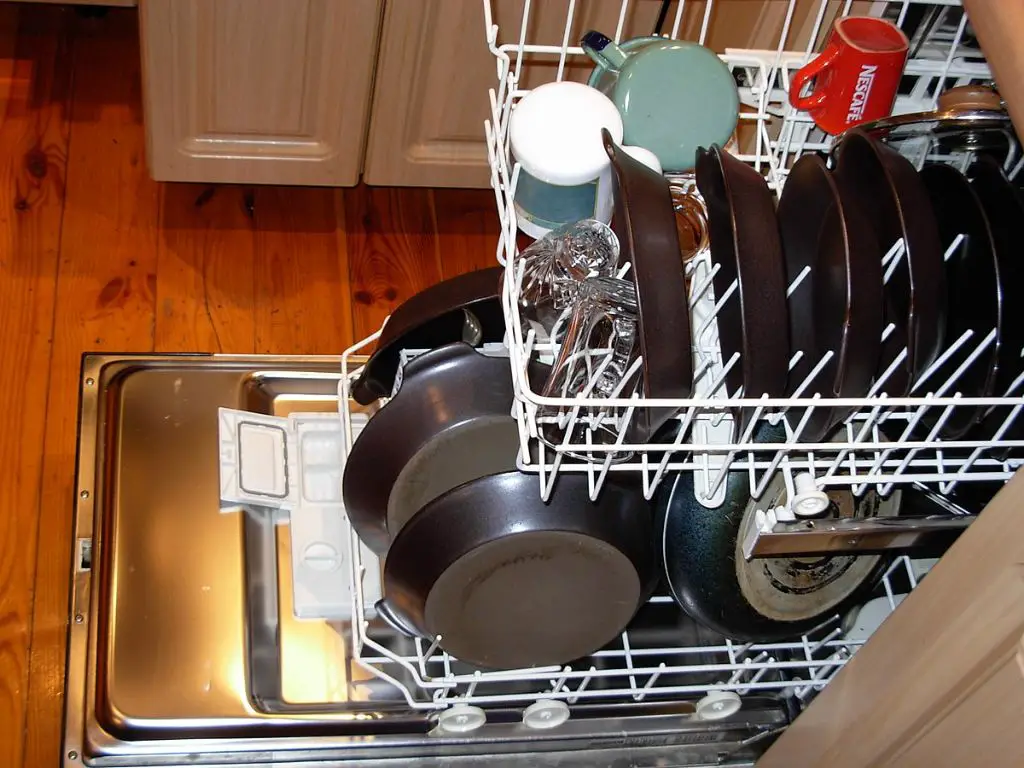
Heated dry cabinets have electric heating elements to raise internal temperatures above ambient levels. They help items dry faster after washing or exposure to moisture. Heating cabinets are often used in labs to dry glassware, in photography studios to dry prints and negatives, and other applications where rapid moisture evaporation is needed. Some may also incorporate dehumidification.
(Source: https://xdry.com/faq/)
Size and Capacity
The typical interior dimensions of a dry cabinet can range from 10-50 liters depending on the size and model. Smaller cabinets designed for personal use are around 10-20 liters, fitting items like cameras, lenses, film, and accessories. Larger professional models used in studios can hold 40-50+ liters and store multiple cameras, lenses, lighting equipment, and more.
According to Dry Cabinets SDB series technical details, an example model with 135L effective capacity has interior dimensions of 490 x 560 x 530 mm. Based on the dimensions, this size could likely fit 5-10 DSLR camera bodies with lenses and accessories.
For a more compact 30L model like the INTBUYING Dehumidifier, the inner box dimensions are 11.33” x 11.37” x 14.37”. This would be suitable for storing 2-3 DSLR bodies with 2-4 lenses and accessories like memory cards and batteries.
Common Features
Most dry cabinets share some common features that help control temperature and humidity to protect contents from moisture damage. These include:
- Temperature/Humidity Control – Dry cabinets have a built-in dehumidifying system with either silica gel or an electric dehumidifier to absorb moisture and maintain low humidity levels around 20-40% RH inside the cabinet (1). This prevents corrosion, mold growth, and degradation.
- Locks – Many dry cabinets have locks on the doors to restrict access and prevent theft of valuable contents like cameras, electronics, or documents (2).
- Materials – Dry cabinets are constructed using moisture-resistant materials like powder-coated steel, aluminum and tempered glass to contain the dry air and prevent rusting or corrosion (2). They often have ESD-safe conductive paint and shelves.
Controlling temperature, humidity, and access are key features that differentiate dry cabinets from standard cabinets or closets.
(1) https://www.dryzonecabinet.com/dry-cabinet-uses/
(2) https://superdry-totech.com/wp-content/uploads/2018/08/Frequently-Asked-Questions-About-Dry-Cabinets.pdf
Average Cost by Type
The average cost of a dry cabinet can vary significantly depending on the type and size. Here are some typical price ranges:
Storage-only cabinets: These provide enclosed storage space but do not actively control humidity. Smaller storage cabinets start around $100, while larger reach-in closet style cabinets can be $300-$500. High-end storage cabinets with features like lighting and pull-out shelves can cost up to $1,000 or more.
Dehumidifying cabinets: These use electric dehumidifiers to actively control moisture levels, keeping contents dry. Small tabletop models start around $200. Mid-size reach-in models for garments or hobby use tend to range from $400-$800. Large industrial dehumidifying cabinets can be $1,000-$5,000.
according to https://www.baileypottery.com/store-dept-pottery-ceramic-studio-equipment/store-pottery-studio-furniture/store-pottery-studio-furniture-damp-and-drying-cabinets.html
Combination cabinets: These combine enclosed storage with an electric dehumidifier. Prices range widely, but expect to pay $500-$1,500 for a full-size reach-in wardrobe cabinet with humidity control. High-end cabinets with additional features can cost up to $3,000.
according to https://www.woodshousehold.com/catalog/drying-cabinets
Cost Factors
The cost of a dry cabinet is primarily determined by size, features, and brand.
Size is a key factor, with larger capacity cabinets generally costing more. For example, a small 10L desktop model may cost around $100, while an industrial 200L model can cost over $1000 [1].
Features like humidity sensors, dehumidifiers, and temperature controls also increase the price. Basic models simply provide enclosed storage, while advanced “smart” cabinets actively regulate conditions. Additional conveniences like lights, locks, and trays further add to costs [1].
Brand reputation impacts price as well. Leading manufacturers like Soehnle, Lock & Lock, and Dry Box charge a premium for their products. Meanwhile, no-name imports can be significantly cheaper [2].
Materials, construction quality, and warranty coverage also contribute to pricing differences between basic DIY models versus high-end prefabricated cabinets.
DIY vs Pre-Made
When it comes to dry cabinets, you have two main options – build them yourself (DIY) or purchase pre-made cabinets. There are pros and cons to each approach.
The main advantage of DIY dry cabinets is cost savings. According to sources, building your own basic cabinets can be 50-70% cheaper than buying pre-fab. You also get to fully customize the size, features, and aesthetics. However, DIY takes a lot more time, skill, and access to woodworking tools. There’s also the learning curve if you’ve never built cabinets before. Pre-made cabinets provide convenience – they are quicker and easier to install. But you get less customization and pay a premium.
When deciding between DIY vs pre-made, consider your budget, timeline, skillset, and customization needs. According to redditors on r/woodworking, DIY cabinets are suggested if you have the time to invest and want full customization. Pre-made RTA (ready-to-assemble) cabinets make more sense if you need them faster or lack woodworking skills.
Ongoing Costs

The main ongoing cost associated with a dry cabinet is energy usage. Dry cabinets require electricity to run the heating elements and fans that keep the interior dehumidified. According to XDry, a typical dry cabinet consumes around 0.056 kW/hr. At average residential electricity rates, this can cost $2-3 per month to operate.
In terms of maintenance, most dry cabinets require very little after the initial purchase. Modern dry cabinets use a synthetic desiccant that can last up to 10 years before needing replacement, eliminating the need for frequent maintenance like recharging desiccant beads. Brands like PBCa Supplies advertise their desiccants as “maintenance-free,” with operating costs just pennies per day.
Overall, dry cabinets provide an economical storage solution for moisture-sensitive items, with reasonable energy usage and little required upkeep after purchase.
Top Brands
Some of the most reputable dry cabinet manufacturers include Ruggard, TAP, and ATEM. Ruggard is known for making high-quality professional camera storage solutions like the Ruggard Electronic Dry Cabinet, which comes in various sizes from 18L to 150L (source: https://www.digitalcameraworld.com/buying-guides/best-dry-cabinet-for-cameras). TAP is another leading brand that produces dry cabinets designed specifically for storing camera gear, like the popular TAP 38L Dry Cabinet (source: https://www.reddit.com/r/canon/comments/11mhp3w/did_i_waste_my_money_on_buying_a_dry_cabinet_for/). ATEM is known for its wide range of electronic dry cabinets in various sizes to suit different storage needs.
Alternatives to Dry Cabinets
While dry cabinets are considered the gold standard for camera storage and protection against dust and humidity, there are some other storage options worth considering as alternatives:
Airtight plastic bins or sealable containers – Retailer brands like Sterilite and Rubbermaid make a variety of airtight plastic bins in different sizes that can safely store camera gear. The key is to use bins that have a rubber gasket for an airtight seal.
DIY dry box – For a low budget DIY approach, one can convert an insulated cooler or plastic storage bin into a dry storage box using moisture-absorbing silica gel packets. Some DIY tutorials recommend using rechargeable dehumidifier rods as well.
Camera bags – Using a well-padded, moisture-resistant camera bag for storage can work for short-term needs or smaller gear kits. Look for bags advertised as “all-weather” or with waterproof fabrics.
Hard shell camera cases – Companies like Pelican make hardened protective cases often used to transport delicate gear. While expensive, these rugged cases keep out moisture and dust.
Vacuum seal bags – Storing gear in vacuum compression bags reduces size and protects from moisture. The vacuum process removes oxygen and prevents condensation.
While these alternatives work for many, a true dry cabinet provides optimal conditions for long-term camera and lens storage. But those needing only short-term protection may find these options useful.

